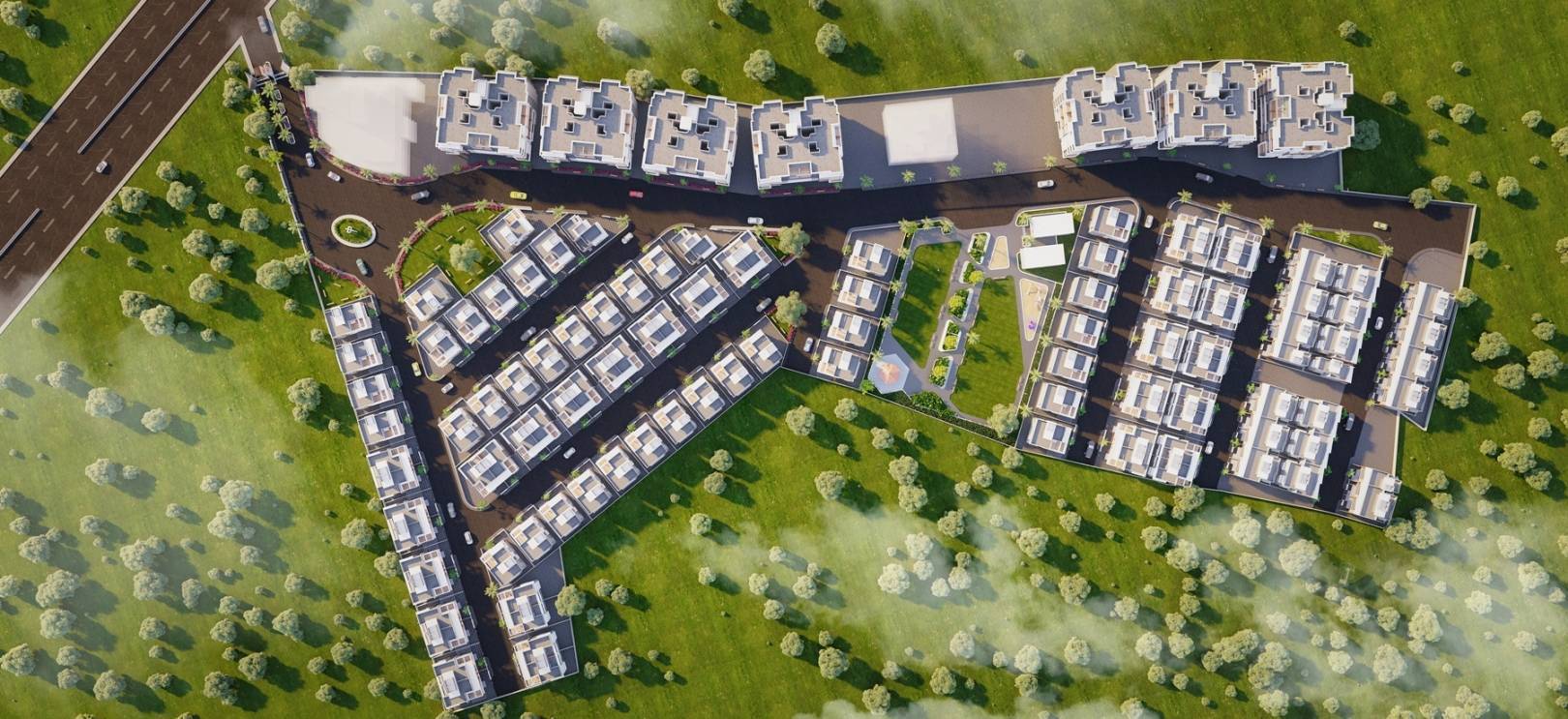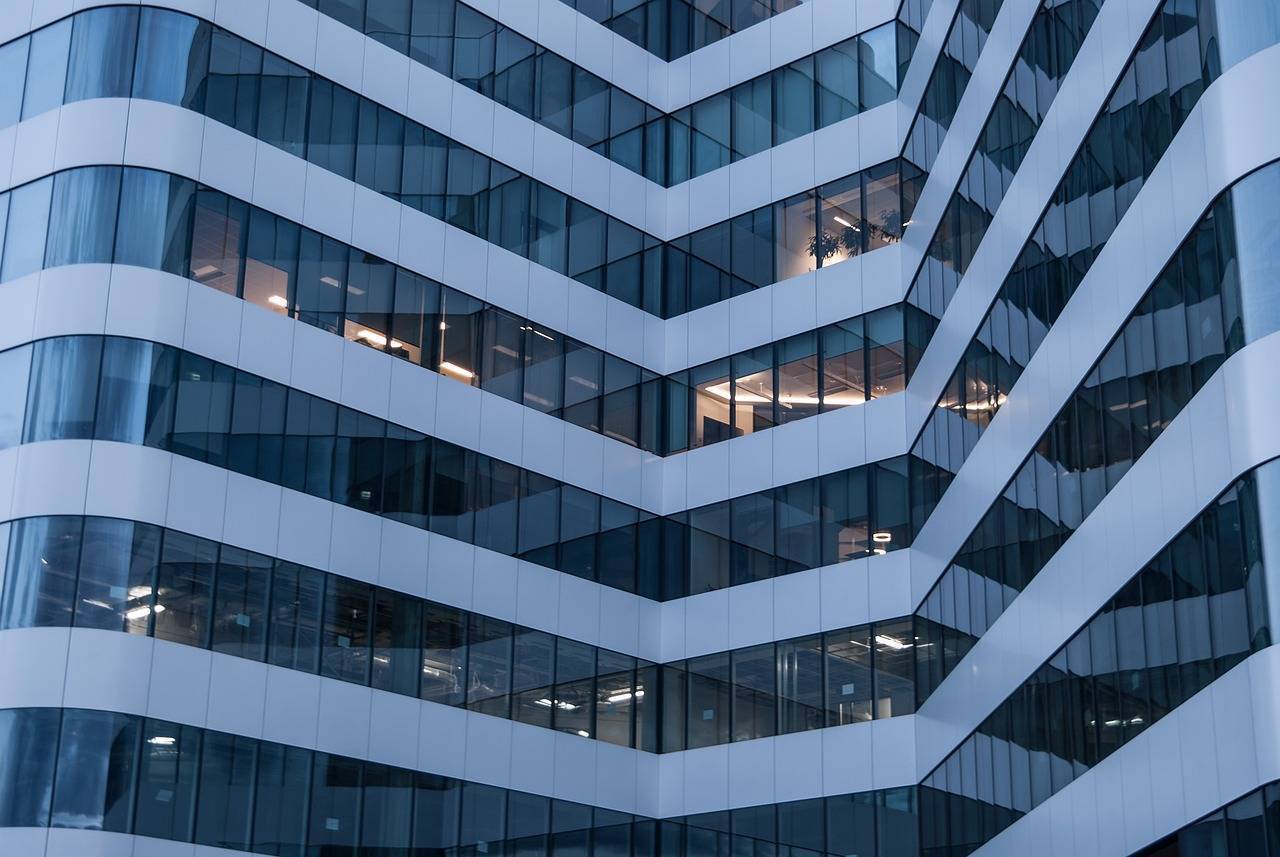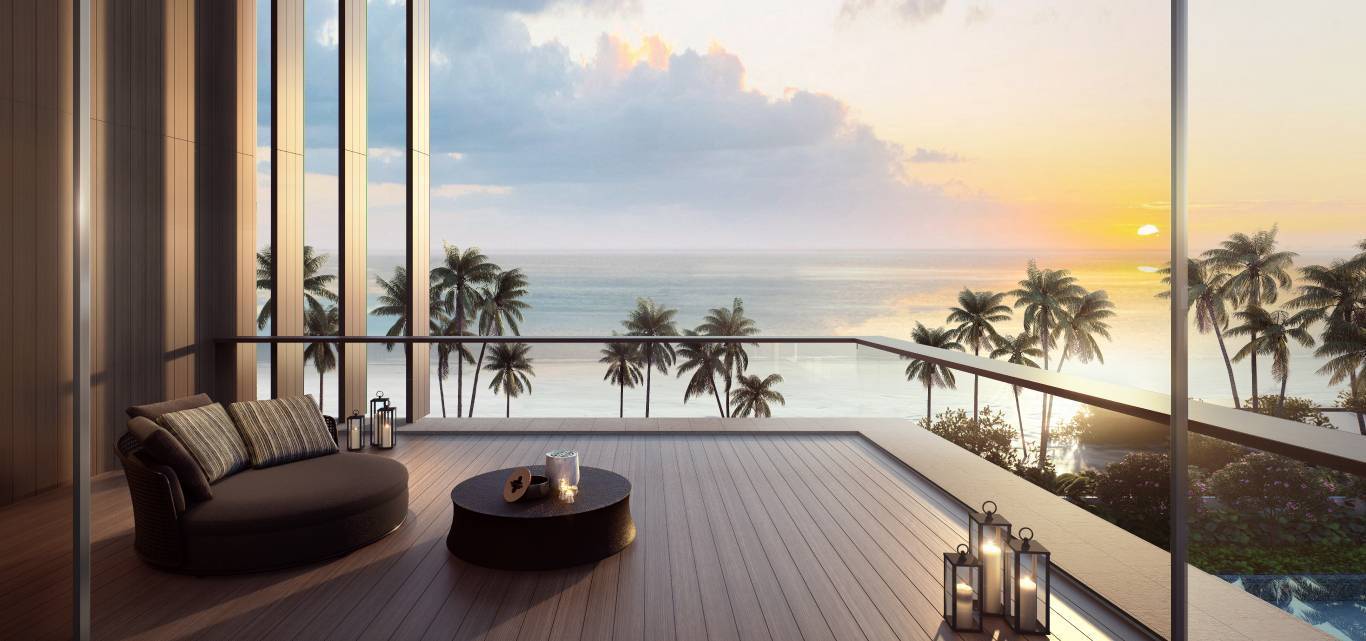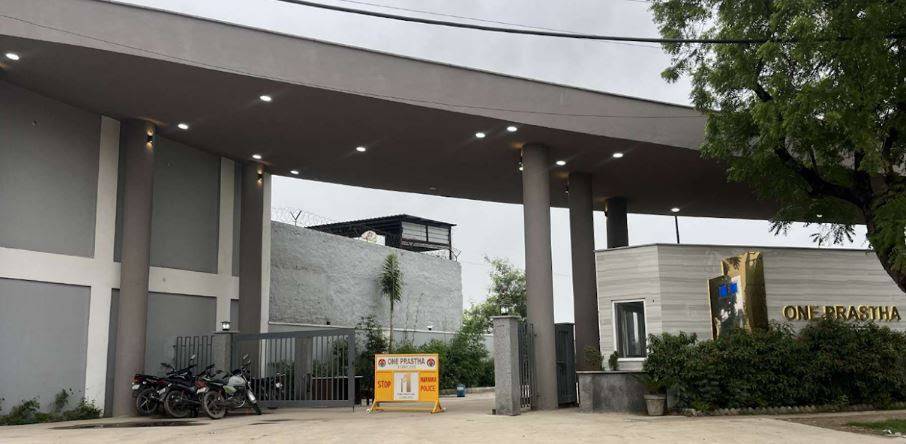Lodha Developers Limited has acquired 945 permanent transit camp (PTC) units measuring approximately 3.39 lakh sq ft from Arihant Construction Company in Mankhurd for ₹567 crore. The deal, officially registered on June 3, 2025, includes a stamp duty payment of ₹34.02 crore and a registration fee of ₹30,000.
The transaction is part of a redevelopment-linked arrangement involving Floor Space Index (FSI) transfer and integration into Lodha’s ongoing township project in Vikhroli. As per property records accessed through CRE Matrix, this FSI acquisition will help Lodha Developers meet its Slum Rehabilitation Authority (SRA) obligations under the provisions of the Development Control and Promotion Regulations (DCPR) 2034.
Arihant Construction is currently executing a slum rehabilitation scheme in the Mankhurd area that includes more than 83,000 sq m of free-sale component. As part of the arrangement, Arihant has supplied these transit housing units, which Lodha Developers will now transfer to the SRA to fulfil its requirement under the SRA scheme applicable to its Vikhroli development.
Transit camp units are typically constructed as temporary housing for individuals and families displaced due to slum redevelopment or infrastructure works. In SRA-linked developments, these units are essential to clear space for construction while maintaining compliance with government norms related to slum dwellers’ rehabilitation.
The documents indicate that the entire transfer of built-up area and corresponding rights falls under Regulation 33(11) of the DCPR 2034. This provision allows for the clubbing and utilisation of FSI across different schemes as part of integrated redevelopment planning. Through this mechanism, Lodha Developers can incorporate the acquired free-sale rights from Arihant into the master plan for its Vikhroli township project, helping unlock additional saleable area.
Under the SRA framework, developers receive development rights by constructing free housing for eligible slum dwellers. In return, the government grants extra construction potential—measured in FSI—which can be monetised by building and selling residential or commercial units. In this case, the acquired transit units from Arihant help Lodha fulfil a part of its social obligation, allowing it to proceed with building additional saleable area within its larger township.
The company confirmed that the arrangement is designed to enable integrated development through legally sanctioned mechanisms that permit FSI migration. These arrangements are increasingly common in Mumbai’s real estate market, where fragmented land parcels, regulatory overlays, and rehabilitation requirements are addressed through FSI pooling and development right transfers.
Lodha Developers recently rebranded itself from Macrotech Developers Ltd, following a name change that took effect on June 16, 2025. The change comes after a trademark dispute was resolved in April between Abhishek Lodha and his younger brother, Abhinandan Lodha. As per the agreement, the listed entity now holds the exclusive rights to use the ‘Lodha’ and ‘Lodha Group’ brand names, while Abhinandan Lodha will operate independently under the ‘House of Abhinandan Lodha’ name.
Company filings confirmed that the rebranding was approved by the Registrar of Companies. Both parties have clarified that there is no connection between the two entities going forward.
When contacted for comment on the Mankhurd transaction, Lodha Developers had not responded at the time of publication. Arihant Construction Company could not be reached for a statement.
The transaction adds to Lodha Developers’ growing footprint in eastern Mumbai. The Vikhroli township project is a key component of its Mumbai development portfolio. Leveraging mechanisms under DCPR 2034, particularly Regulation 33(11), is seen as essential for developers undertaking large-scale urban redevelopment and township planning in the city, where land availability is constrained and projects often hinge on the integration of rehabilitation and free-sale components.
Image source- arihantconstructions.com









.png)